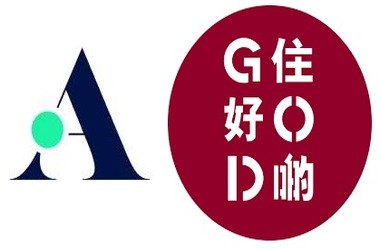 Little Red Book (XiaohongShu), the Chinese counterpart of Instagram, has integrated Conflux Network as a permissionless blockchain, enabling users to display NFTs produced on Conflux in the “R-Space” area of their profile pages. This incorporation puts NFTs one step near to widespread acceptance, where individuals actively utilise Web3 technology every day inside a Web2 platform, where the network has over 200 million active monthly users.
Little Red Book (XiaohongShu), the Chinese counterpart of Instagram, has integrated Conflux Network as a permissionless blockchain, enabling users to display NFTs produced on Conflux in the “R-Space” area of their profile pages. This incorporation puts NFTs one step near to widespread acceptance, where individuals actively utilise Web3 technology every day inside a Web2 platform, where the network has over 200 million active monthly users.
Little Red Book has partnered with blockchains and NFTs in the past, but has never used a permissionless network. Ming Wu, CTO of Conflux, stated, “China’s major internet sector companies have begun supporting the Web3 migration.” Conflux has emerged as the primary link between the two realms and a pioneer in integrating Web3 technologies into classic industrial applications.”
From a governance point of view, the incorporation of a permissionless blockchain by a corporation of this size substantially strengthens China’s pro-NFT stance and predicts a rise in the number of Web2 enterprises exploring blockchain application adoption. The initial Conflux NFT backed by Little Red Book comes from the Mimic Shhans group, which has a big Chinese community structure. Owners of the initial NFT may follow a predetermined procedure to get the Conflux NFT, which can be displayed on their Little Red Book homepage.
Conflux is a Layer 1 blockchain without permissions that connects decentralised markets across frontiers and covenants. Conflux, which just transitioned to a mixed PoW/PoS consensus, offers a safe, scalable blockchain ecosystem with minimal latency, cheap costs, and enhanced network security.
As the first public blockchain in China that complies with regulatory standards, Conflux offers a distinct edge for companies growing and expanding throughout Asia. Conflux has partnered on blockchain and metaverse efforts with multinational businesses and government agencies in the area, such as Shanghai, McDonald’s China, and Oreo.








